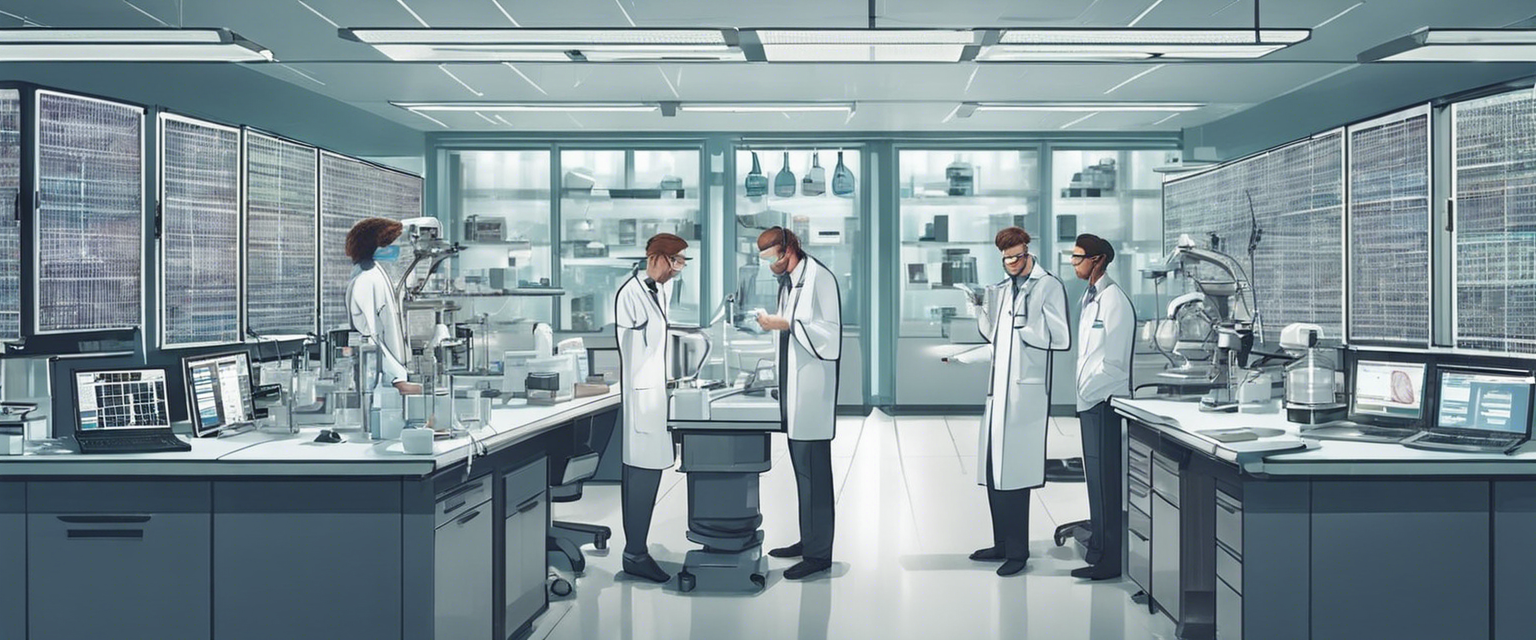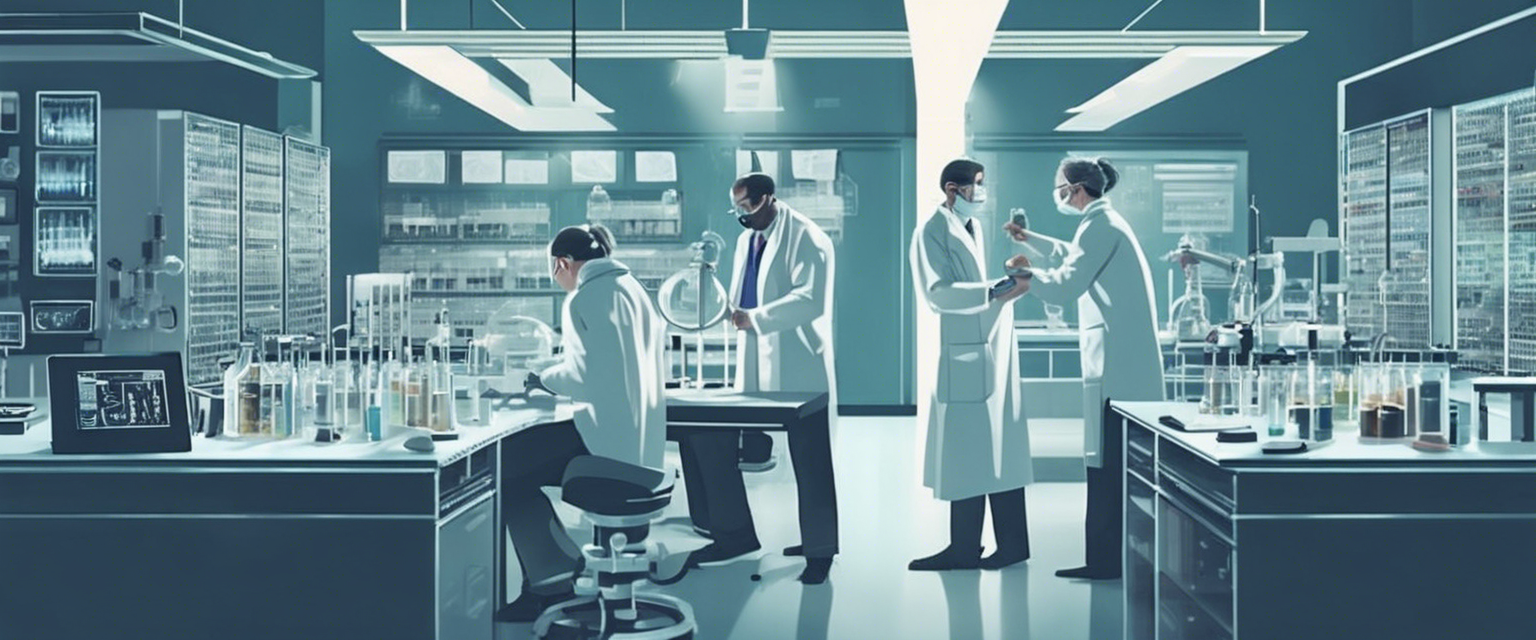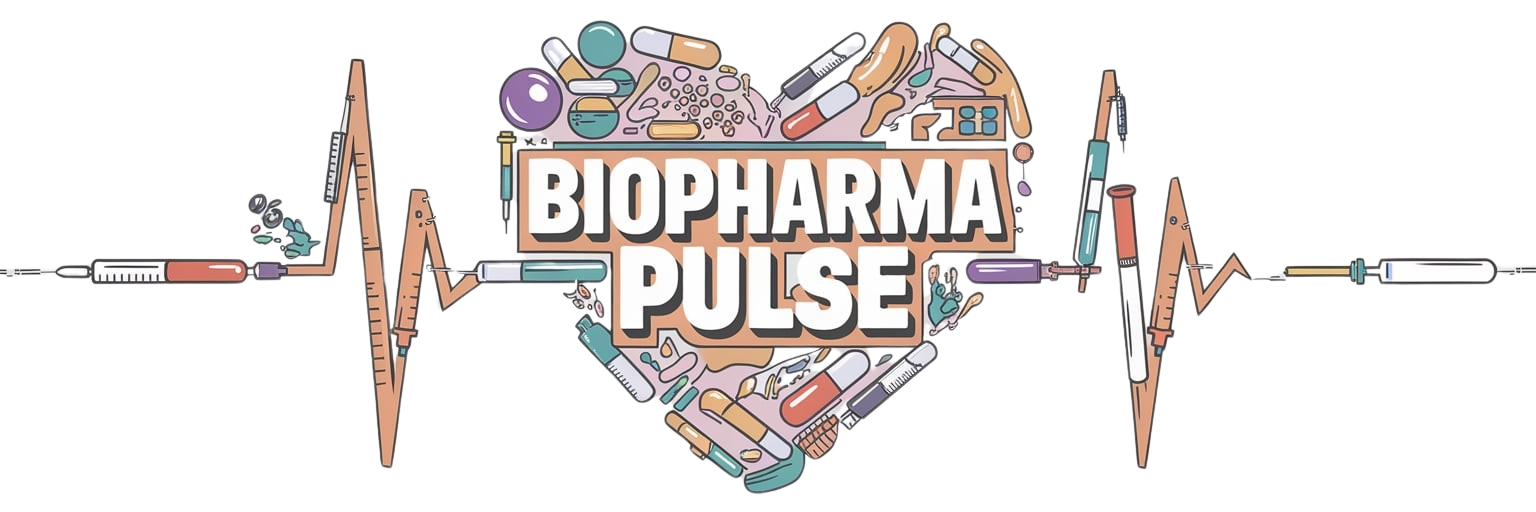BioPharmaPulse: Your Heartbeat to the Latest in Biopharmaceutical Innovation
🧬 Welcome, fellow biopharma enthusiasts!
The sheer pace of innovation in our field never fails to amaze me. This week, we'll be diving into a story that truly exemplifies this – a recently launched gene therapy shaking the foundations of cancer treatment. Get ready for a journey into the science behind this breakthrough and the impact it may have on patients' lives.
What's in this issue:
- 🧬 Scientists and startups reveal new gene insertion techniques
- 겸 Tessera unveils promising in vivo gene editing treatment for sickle cell
- 🧬 Excision BioTherapeutics’ attempt to gene edit HIV disappoints
Quote / Inspiration / etc of the Day
“The future of cancer treatment is not just about fighting the disease; it's about rewriting the genetic script.”
Latest News / Developments -
🧬 Scientists and startups reveal new gene insertion techniques, though much remains behind closed doors: #ASGCT24 (7 minute read)

Rundown: Several secretive biotech companies have finally lifted the veil on their revolutionary gene editing tools. These tools have the remarkable ability to insert large sequences of DNA or even whole genes directly into the genome.
Keypoints
- 🧬 SalioGen Therapeutics showcases data on a potential treatment for Stargardt disease, a hereditary form of vision loss.
- 🧬 Tome Biosciences unveils its technology pairing CRISPR with other enzymes to precisely insert DNA into cells.
- 🧬 David Liu from the Broad Institute reveals advancements in the PASSIGE method, significantly improving gene integration efficiency.
Why it matters: This marks a significant shift in the gene editing landscape. The ability to insert genes opens doors to treating a vast array of diseases, previously untouchable with traditional gene editing methods.
🧬 Tessera unveils promising in vivo gene editing treatment for sickle cell in an increasingly competitive field: #ASGCT24 (2 minute read)

Rundown: Tessera Therapeutics showcased an innovative lipid nanoparticle that delivers a gene editing therapy directly into the bone marrow, offering a potential cure for sickle cell disease.
Keypoints
- 🧬 One or two infusions of the treatment corrected a significant portion of broken hemoglobin genes in mice.
- 🧬 If successful in humans, this could provide a simpler and more affordable alternative to existing gene therapies for sickle cell disease.
- 🧬 The therapy faces stiff competition from other companies developing in vivo gene editing treatments.
Why it matters: This development holds promise for a more accessible and efficient treatment approach for sickle cell disease, potentially impacting the lives of countless patients.
🧬 Excision BioTherapeutics’ attempt to gene edit HIV disappoints. The company will now revamp vector: #ASGCT24 (1 minute read)

Rundown: Excision BioTherapeutics' Phase 1 trial of a CRISPR-based gene editing treatment for HIV unfortunately did not meet its goals, with the virus rebounding in patients.
Keypoints
- 🧬 The trial involved five patients, three of whom were taken off standard antiretroviral therapy but had to resume treatment due to viral rebound.
- 🧬 The company is now focusing on developing a next-generation vector to improve the efficacy of the gene editing treatment.
Why it matters: While the initial results are disappointing, the pursuit of a cure for HIV through gene editing continues. Excision's efforts highlight both the challenges and potential of this technology in tackling complex diseases.
Question of the day
🤔 Which gene editing advance are you most excited about?
- Gene insertion technologies
- In vivo gene editing for sickle cell disease
- CRISPR-based gene editing for HIV
Industry Insight
🔬 Gene Insertion: A New Era in Gene Editing
Traditional gene editing methods, such as CRISPR-Cas9, have primarily focused on "knocking out" or disabling genes associated with diseases. However, the emergence of gene insertion techniques marks a paradigm shift.
These new tools allow scientists to not only remove faulty genes but also replace them with functional ones, or even introduce entirely new genes into the genome. The ability to insert genes has vast implications for treating a wide array of diseases, including genetic disorders, cancer, and infectious diseases.
Quick Hits
🧬 Exact Sciences’ stock tumbles amid worries cancer detection firm’s growth may slow (3 minute read)
- Exact Sciences, a leading cancer detection company, saw its stock price decline despite beating market expectations in the first quarter.
🧬 AGC Biologics to cut close to 4% of staffers 'to adjust business priorities' (1 minute read)
- AGC Biologics, a contract development and manufacturing organization (CDMO), is laying off close to 4% of its workforce due to changing industry dynamics.
🧬 Across two clinical trials, gene therapy restored hearing in children deaf since birth: #ASGCT24 (3 minute read)
- Two separate clinical trials have demonstrated the successful restoration of hearing in children who were born deaf using gene therapy.
Wrap up
As we've seen, the gene editing field is teeming with exciting developments. Gene insertion technologies offer an entirely new approach to treating diseases, and the recent advancements in this area are paving the way for a future where previously incurable conditions may become manageable or even curable. While challenges remain, the pace of progress and the potential impact on patients' lives are truly inspiring.
Until next time, stay curious and keep exploring the frontiers of biopharmaceutical innovation!
😊 How did you like today's email?
- 🤩 Loved it
- 🙂 It was OK
- 😐 Could be better
